Does the question “why is my business not attracting new clients?” ever come to your mind? The answer to it is hidden in inbound marketing or, in other words, pull marketing. As a digital marketing agency, we have grown together with the digital world. We are happy to share our knowledge about inbound marketing and how to create brand awareness.
This article will help you understand:
- What is inbound marketing;
- How to define your target audience;
- Key factors of good inbound marketing;
- Examples of inbound marketing;
- Inbound vs. outbound marketing;
- Summary.
What is Inbound Marketing?
Before we dig deep, you need to understand the basics of inbound marketing or pull marketing. The word “pull” already gives you a small insight into what it might contain, but let’s dig a bit deeper. Be ready to improve your marketing strategy and make your business grow by taking more advantage of social media.
Over time, there have been multiple perceptions of what inbound marketing is. Still, in reality, it narrows down to one thing- pulling your audience in by creating helpful content that matches their values and needs by telling a story. It is important to remember that we are people talking to other people and sharing a story, to which some might relate and want to follow along, but some won’t.
How to define your target audience?
Before defining your target audience, I will tell you what you need to learn about your audience before creating content. Defining your audience ensures that the content you’re creating matches what they are looking for.
- Starting with the basics, your target audience’s demographics. This includes age, gender, education, income, and more.
- To get a clearer vision of your audience, I recommend creating a persona canvas. This will help you understand what the target audience’s goals are. Pains what they are searching for and deal makers and breakers.
- The third thing on this list is psychographics. Psychographics in marketing makes you look at your target audience’s values.
Visualizing this on paper or a digital tool will help you see and feel who these people are. What are their everyday lives and what they might be searching for a solution for? This way, you keep an actual person in mind, figuring out what would be the best content that they could be looking for.
Use our persona canvas to get closer to your target audience.

What are the key factors of good Inbound Marketing?
Inbound marketing is about creating top-of-mind preference, which means that you have put the effort to communicate with your potential client, even if it doesn’t bring in any sales. You want people to trust your business and be connected with it through matching values.
- Quality content. Take your time discovering what attracts your target audience. You should want your audience to recognize you from the crowd and catch your audience’s attention.
- Clear values. Let them know what you are about. Match their ESP’s (Emotional Selling Points)
- Humane. Remember, you are a person talking to another person.
- Active communication. You want your audience engaged with you and the service or product you can provide your potential customers with.
Here are 10 examples of Inbound Marketing:
- Social media;
- Blog posts;
- Videos;
- Forums;
- SEO (Search Engine Optimization);
- Podcasts;
- News letters;
- Webinars;
- Infographics;
- Word of mouth.
Inbound Marketing vs. Outbound Marketing
As we discussed previously, Inbound marketing is about drawing your audience to you by creating valuable content. It takes a long time and consistency to attract the right audience willing to stick with you. Now imagine, instead of the audience coming to you, you push yourself in the crowd of your specific target audience. Your target audience has no previous bond with you, but they offer what you need. They won’t have any emotional attachment to your brand, not guaranteed that they will come back, but you solved their problem at that exact moment.
Outbound marketing is strategically used to target a specific audience, while inbound marketing can reach anyone. Outbound marketing is considered to be interrupting. It shows results quickly, but inbound marketing is regarded as a long-term process, where results show over time.
In combination, you create a powerful tool to attract a new audience. If you have been keeping up with great content that provides value, the people who come just for the specific product or service from outbound marketing can notice that and become invested in your brand long term.
Summary
In the post, we discussed that Inbound marketing is a method that pulls in your audience by creating valuable content that might not lead to sales. To achieve the full potential of Inbound Marketing, it is crucial to know your audience so you can adapt content. After learning who your target audience is, the next step is to understand the critical factors of good inbound marketing. After figuring the crucial steps to effectively run your inbound marketing, you should figure out what type of inbound marketing will work on your audience, such as blog posts. And to stay in the lane of inbound marketing, we looked at the opposite- outbound marketing and how it might benefit your inbound marketing strategy.
If you want to improve your digital marketing strategy and help potential customers find you, we offer a free consultation to help your business grow!




